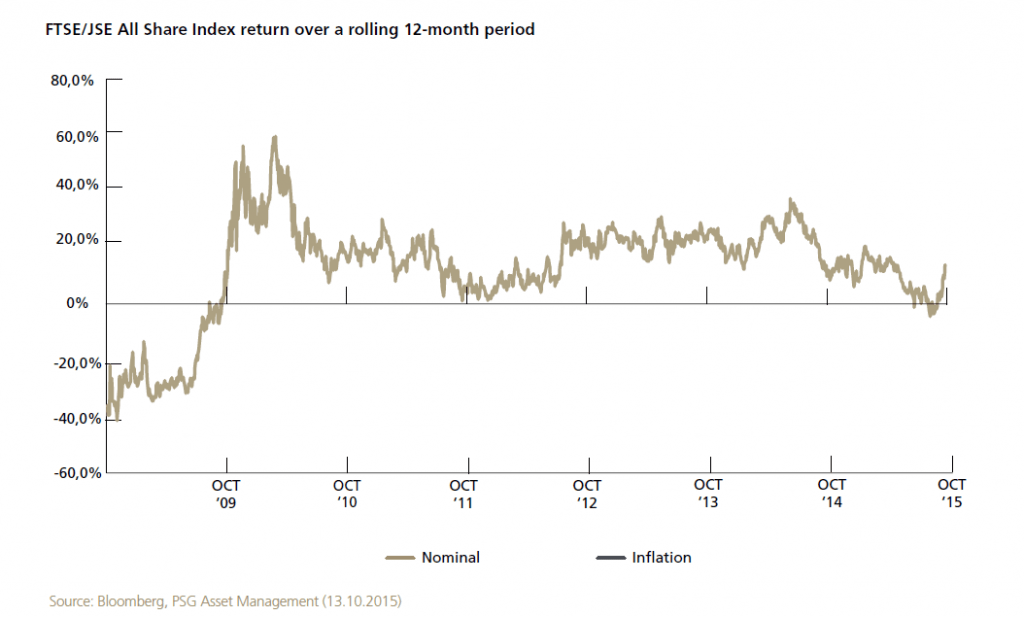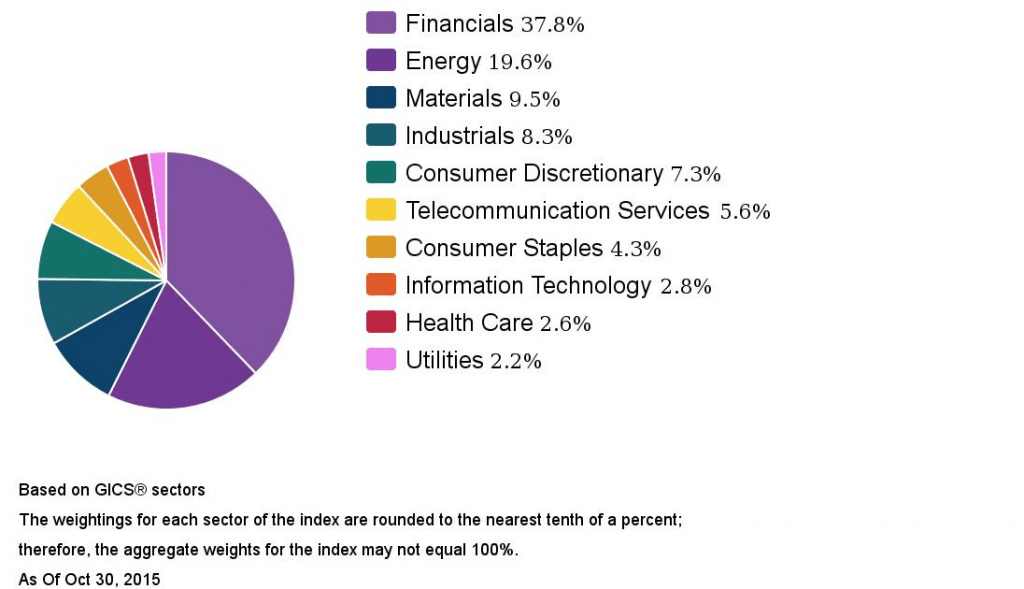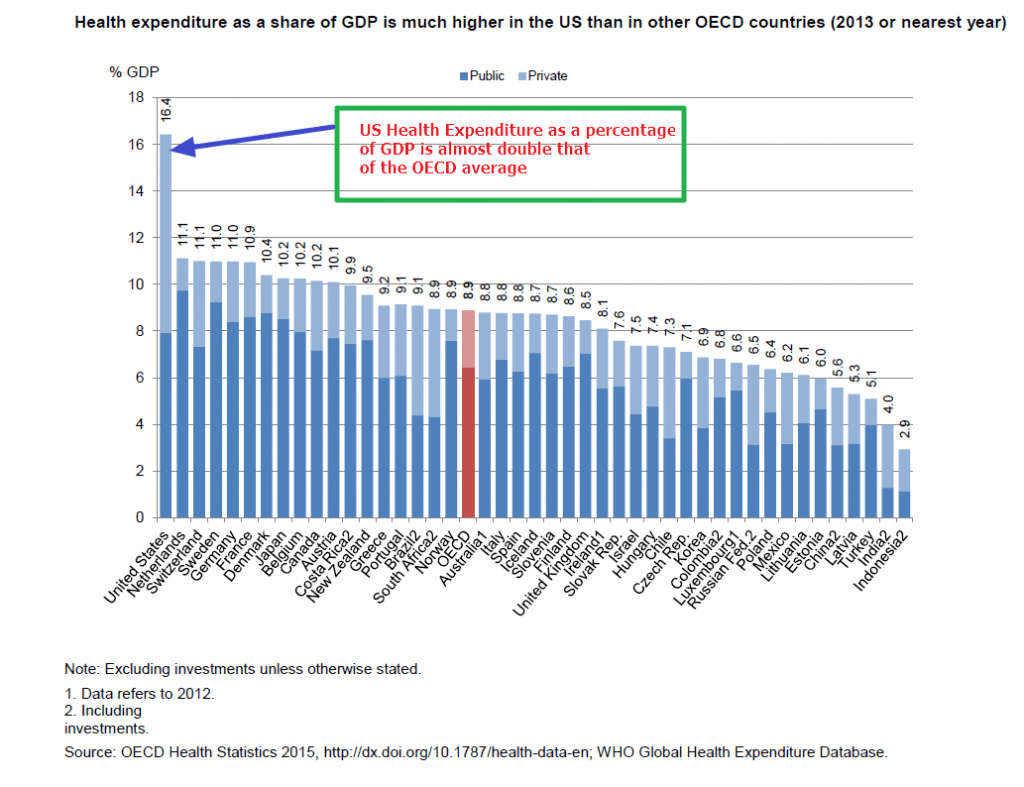Sweden is home to some world-class companies. As a Scandinavian country outside of the Eurozone, investors can explore the Swedish market for potential investment opportunities.
The following are ten of the large Swedish firms that appear in the FT Global 500 list:
- Hennes & Mauritz
- Nordea Bank
- Ericsson
- Atlas Copco
- Investor
- Svenska Handelsbanken
- TeliaSonera
- Swedbank
- Volvo
- SEB
Source; FT Global 500
These companies can be used as a starting point for Swedish stocks.
Svenska Handelsbanken(SVNLY), Nordea Bank(NRBAY) and Swedbank (SWDBY) are excellent options in the banking sector. Handelsbanken is the world’s best performer in terms of long-term stock returns – even beating Buffet’s Berkshire Hathway. SEB is another bank worth looking into.
Disclosure; Long SWDBY



